The Z9 is Nikon’s first flagship mirrorless camera, and it certainly is a beast! At $5,500, this is a serious professional camera, in the same league as the Sony A1 and Canon EOS R3. The Nikon Z9 is a thousand dollars more affordable than the similar spec’d A9, and only $500 more than the R3 which has half the resolution. In this Nikon Z9 Review, I’m going to tell you why this camera is my favorite flagship mirrorless…actually, this is my favorite flagship camera of all time!
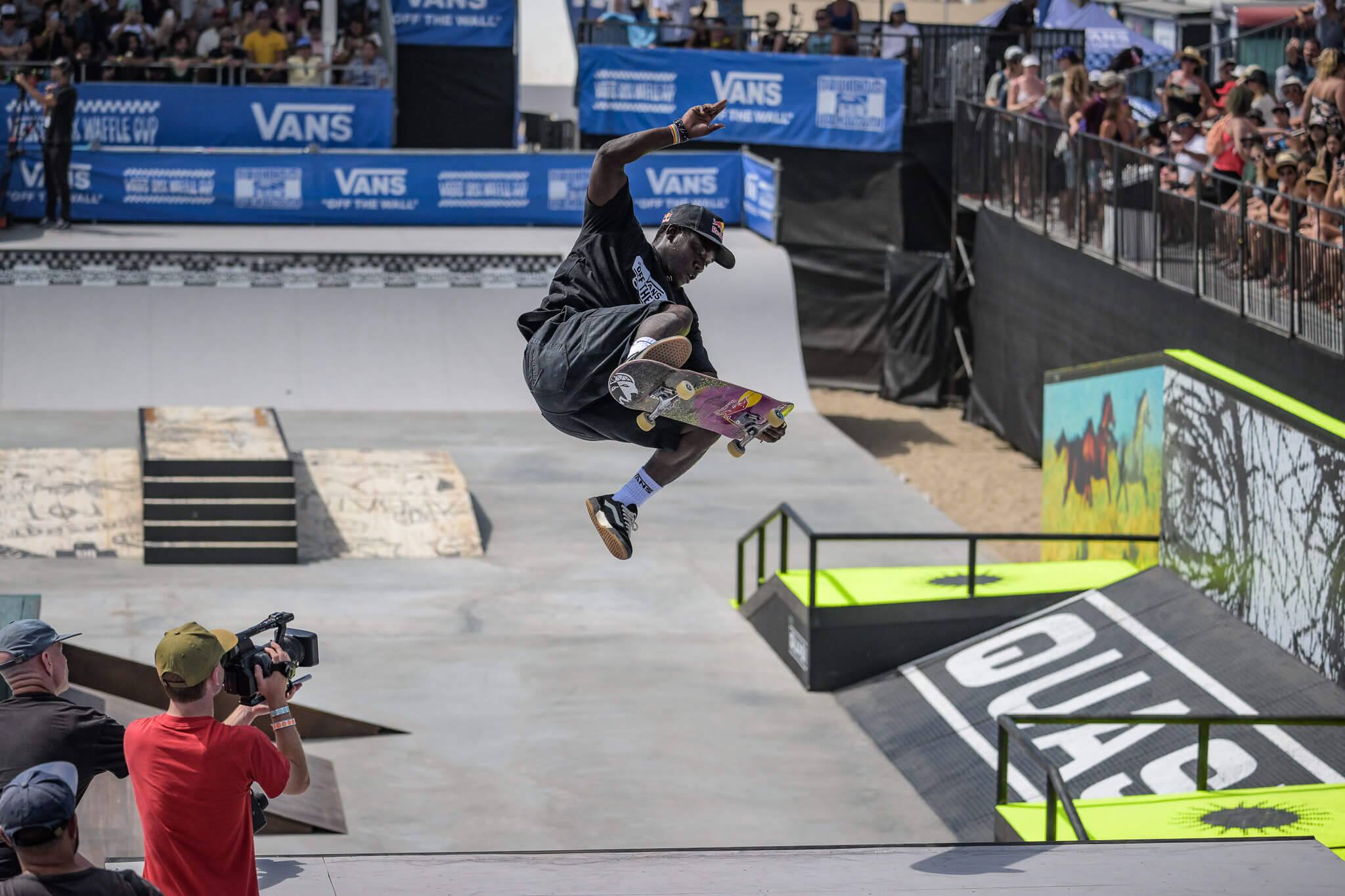
Indeed, when I was deciding what to title this review, I had to actually think about whether to caveat that this is a great mirrorless camera because that would imply that DSLR technology is still superior for the genre of high-speed action sports and wildlife.
Ending The “Mirrorless VS DSLR” Debate
This sentiment was true for many years, mostly because of the instantaneous nature of optical viewfinders and the superior autofocus tracking capabilities for high-speed work. However, in recent years, that has changed. We are now seeing high-end flagship mirrorless cameras that rival, or out-perform, what their DSLR ancestors were capable of.
In short, Nikon started by doing things right in terms of autofocus performance: it’s truly amazing. The 3-D tracking was worth the wait; Nikon got it right the first time. They’ve also delivered the goods when it comes to the other important spec that high-speed photographers care about: viewfinder refresh rate. It consistently provides 120 FPS at its full resolution, instead of reducing either resolution or refresh rate during burst shooting or AF tracking.
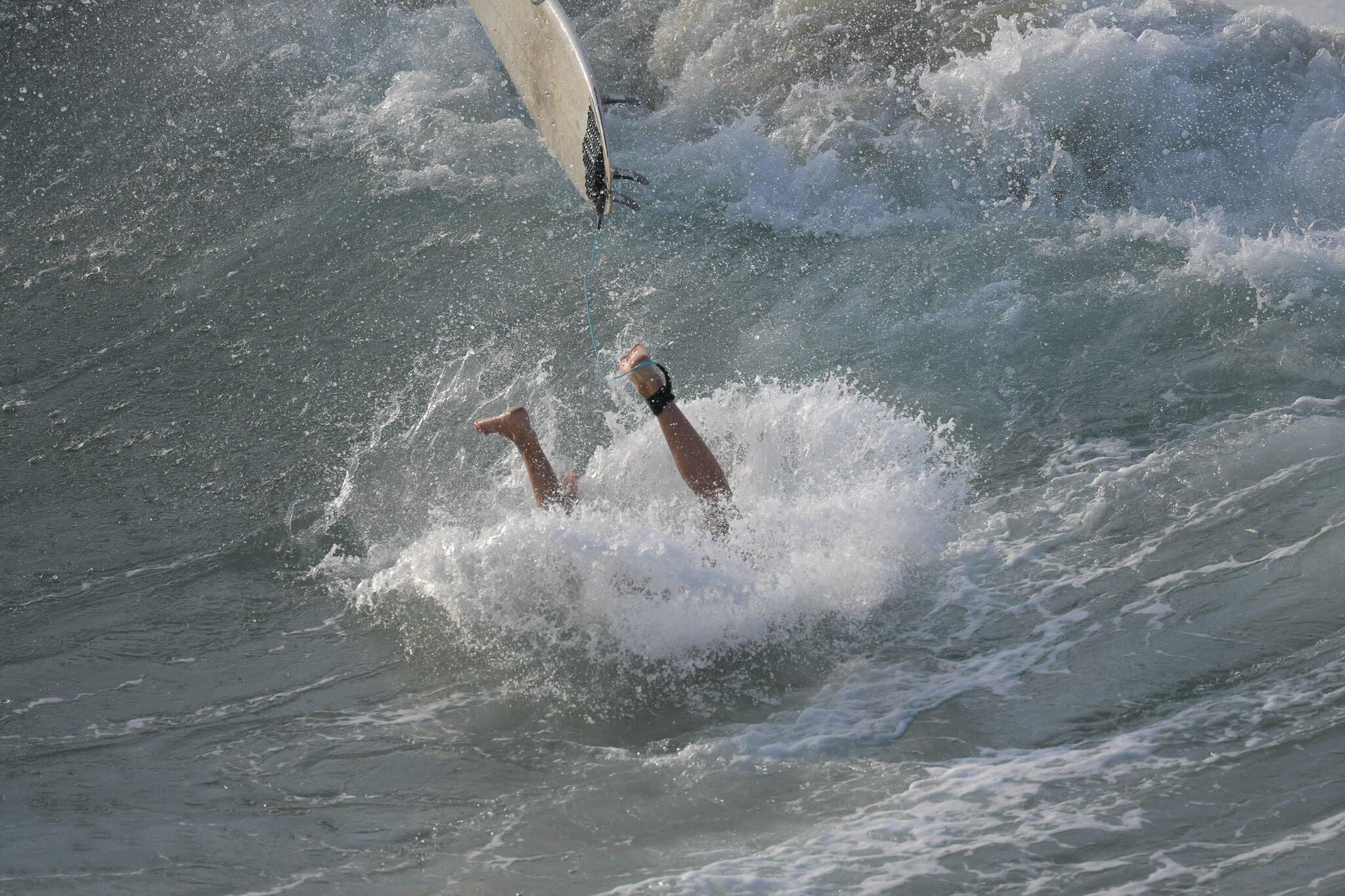
The Z9 also totally surpasses my standards for durability and operability. It respects Nikon’s long-standing tradition of building physically robust, ergonomic cameras that are a pleasure to use even in demanding conditions. Simply put, it does what a professional camera ought to: it gets out of the way, and lets you make pictures, even in the most challenging conditions.
Is the Nikon Z9 the camera you’ve been waiting for? If you were/are a Nikon D3-D6 user, then the answer is likely YES without any hesitation. If you’re on the fence about spending $5.5K for the first time in your photography career, however, then this review is a must-read! Without any further ado, let’s dive in.
Nikon Z9 Specifications
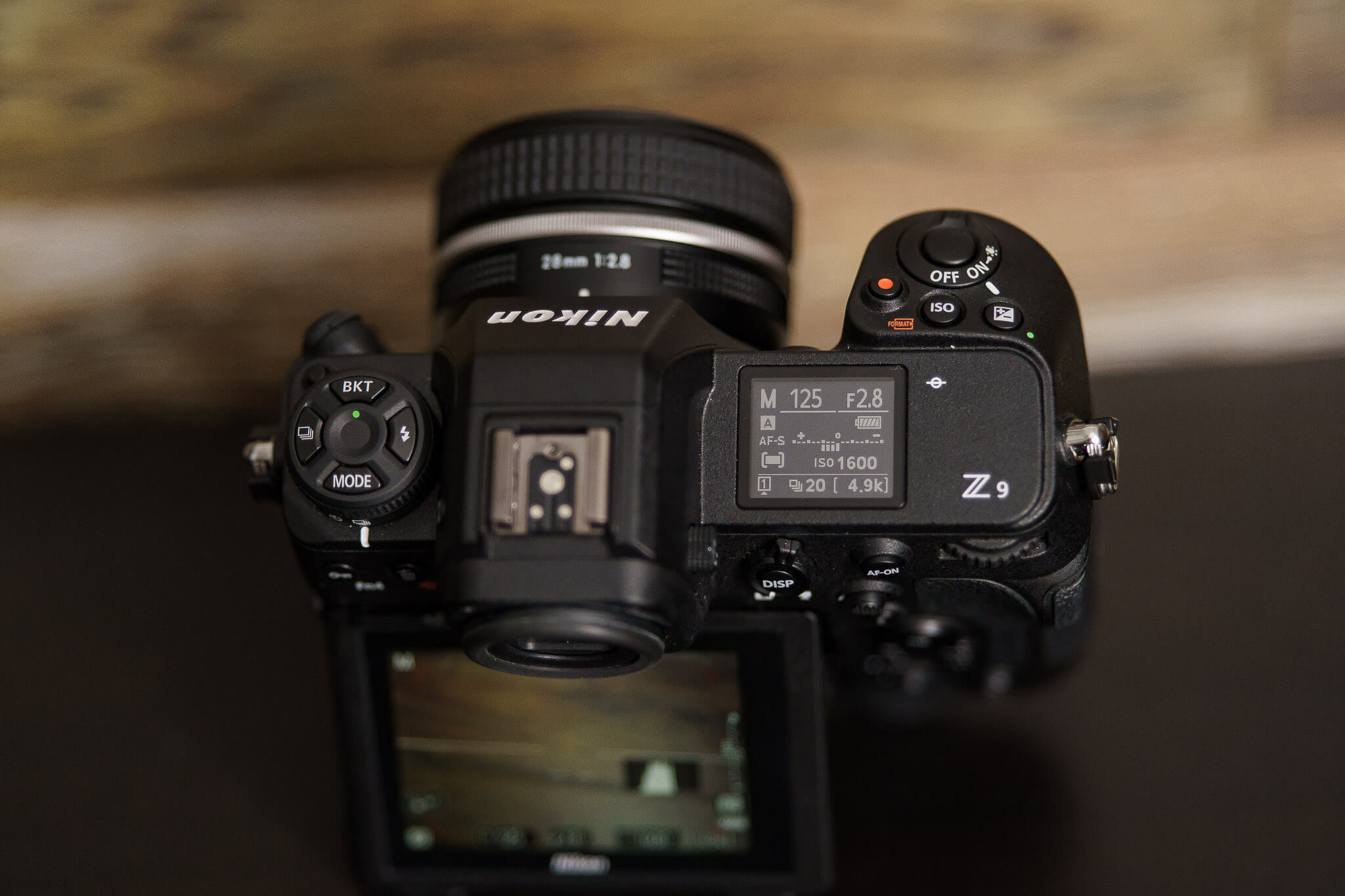
SENSOR: Full-frame Stacked CMOS sensor
LENS MOUNT: Nikkor Z (full-frame mirrorless)
STILL IMAGES: 45 megapixels (8256 x 5504)
VIDEO: 8.3K 60/30p Raw 12-bit, 4K 120p Raw, H.265 4:2:2 10-bit
ISO: 64-25600 native (Expanded: 32-102400)
AUTOFOCUS: 493 Point Hybrid AF, 3-D Tracking (Face, Eye, Animal, Bird, Auto/Bike) -8.5 to +20 EV
SHOOTING SPEED (FPS): 20 FPS RAW, 30 FPS JPG (full-resolution) 60-120 FPS JPG (reduced resolution)
SHUTTER SPEEDS: 900 sec – 1/3200 sec, (fully electronic) Bulb/Timer, 1/200 sec flash sync
STABILIZATION: Sensor-based, 6-stop rating
VIEWFINDER: 3.68 megapixel EVF, 0.8x, 120 fps refresh
LCD: 2.1megapixel 4-axis articulating touchscreen plus top status LCD display
CONNECTIVITY: USB 3.2, (PD power, 5 GBit/s) HDMI, Microphone, Headphone, Wifi 2.4 & 5G, GLONASS GPS
STORAGE: Dual XQD / CFexpress Type B
BATTERY: EN-EL18d (
BODY CONSTRUCTION: metal alloy, fully weather-sealed
SIZE: 149x150x91 mm (5.87×5.91×3.58 in.)
WEIGHT: 1340g (2.95 lb)
PRICE: $5,496
(B&H | Adorama | Amazon)
Nikon Z9 Review | Who Should Buy It?
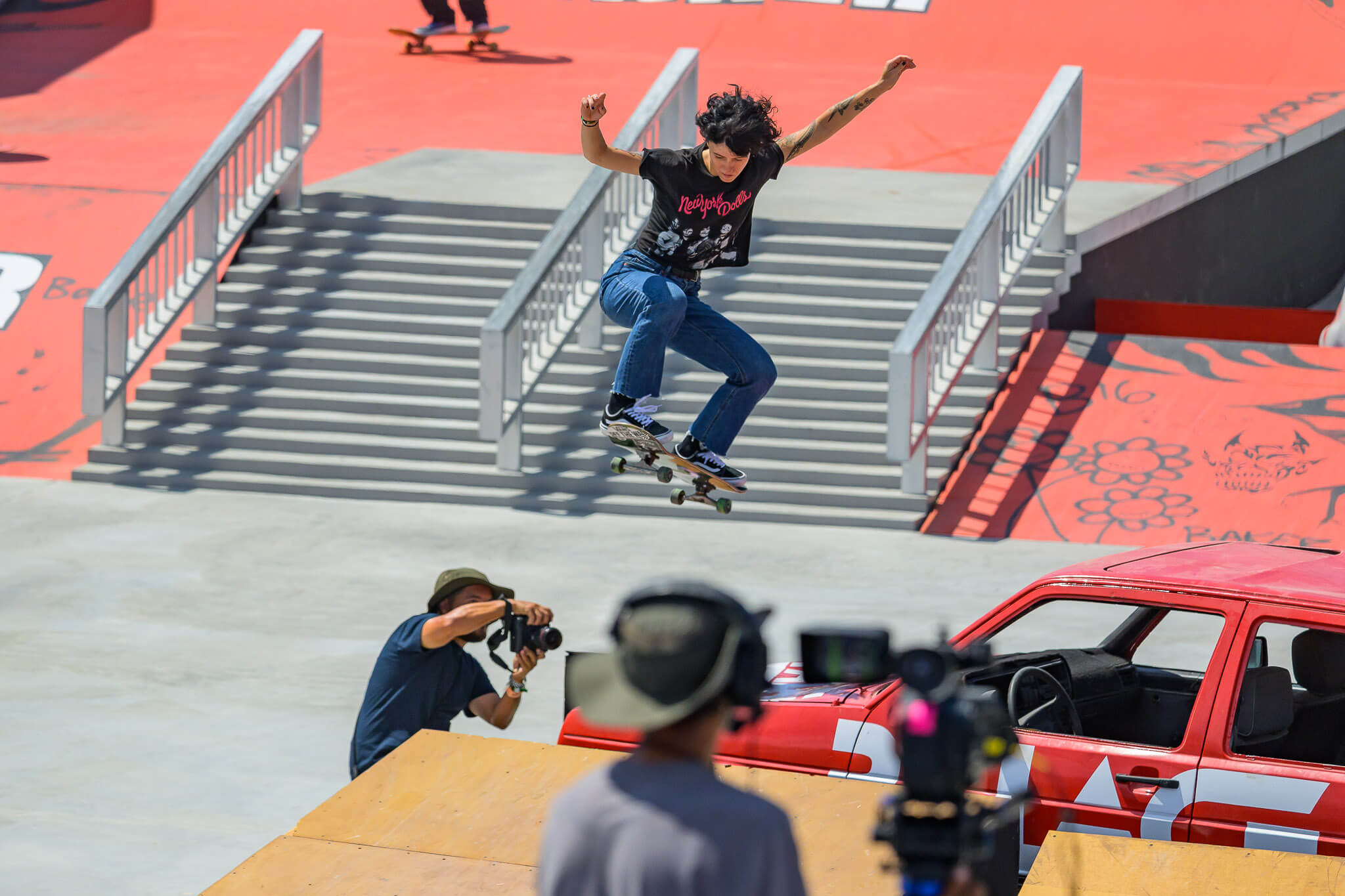
When the term “flagship camera” gets used, some photographers might think it means it’s the best camera in every way, and every photographer would own it if money were no object.
However, this isn’t actually the case. Flagship camera bodies such as the Z9 are definitely made for a specific purpose, and they are definitely not just the go-to choice for every type of photography. Even if money were no object!
For one thing, the Nikon Z9 is large and heavy. Indeed, it’s one of the biggest, heaviest full-frame mirrorless cameras on the market, as it has a built-in vertical grip. It’s also blazingly fast, much faster than most photographers will ever need. Aside from that, there are a few other caveats that may influence photographers one way or another. With that said, let’s get to the breakdown…
Action Sports Photography
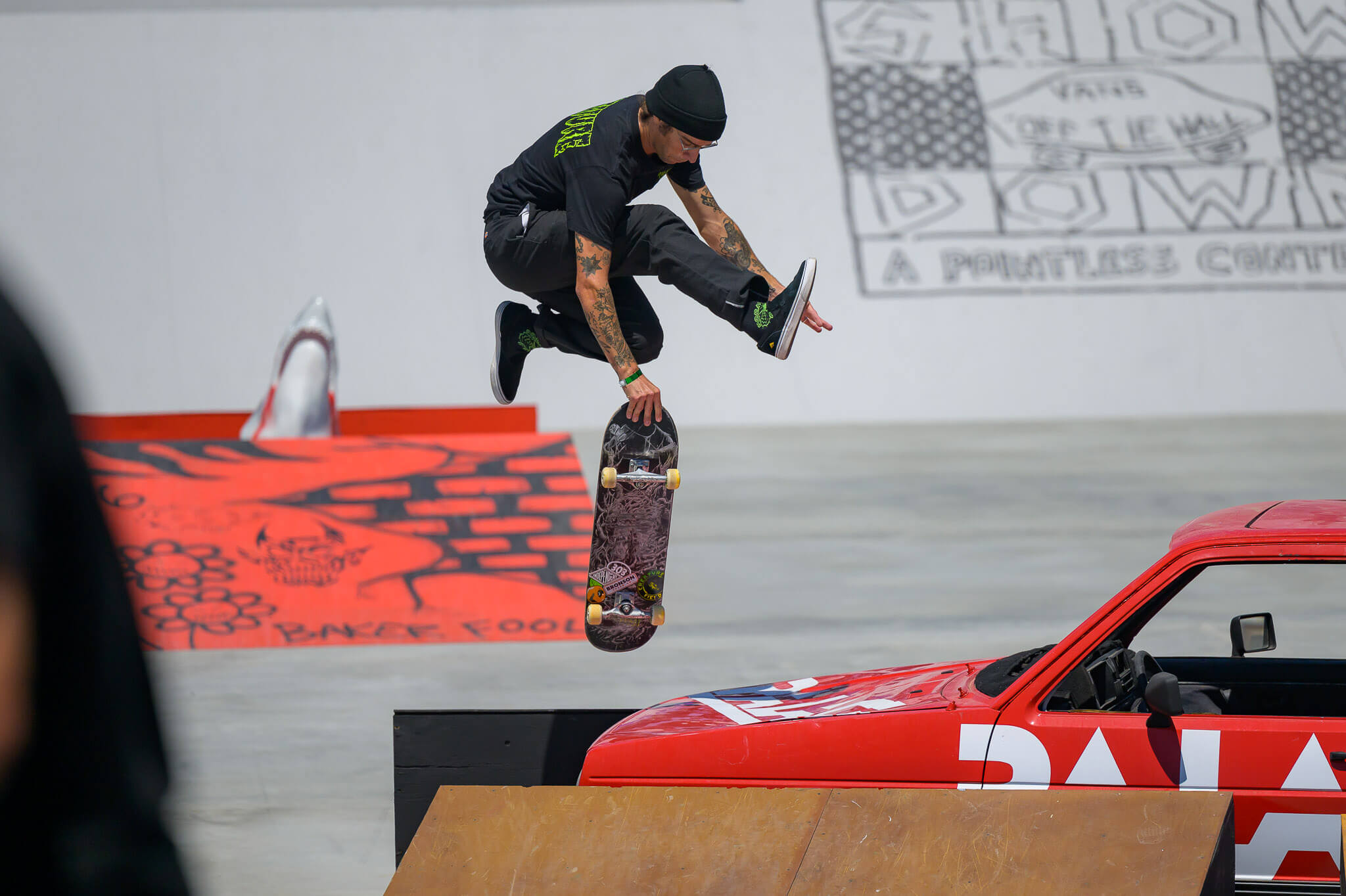
Everything from pro league team sports to racing and extreme sports are all the reasons why the Z9 was made. The blazing speed is perfect for capturing fleeting moments of high-speed action. The autofocus prowess is impressive, it is excellent at following erratic subjects of any kind all over the viewfinder.
This realm was the last holdout for cameras like the Nikon D5 and D6. Whether you photographed NFL, NBA, MLB, the Olympics, or any sort of racing sport, …you preferred to have an optical viewfinder. An electronic viewfinder was usually just not usable for following high-speed action because there was lag. The Z9 changes this. It’s not the most screaming-fast viewfinder in existence, (more on that later) but it delivers a consistent user experience because it never wavers from its resolution and framerate.
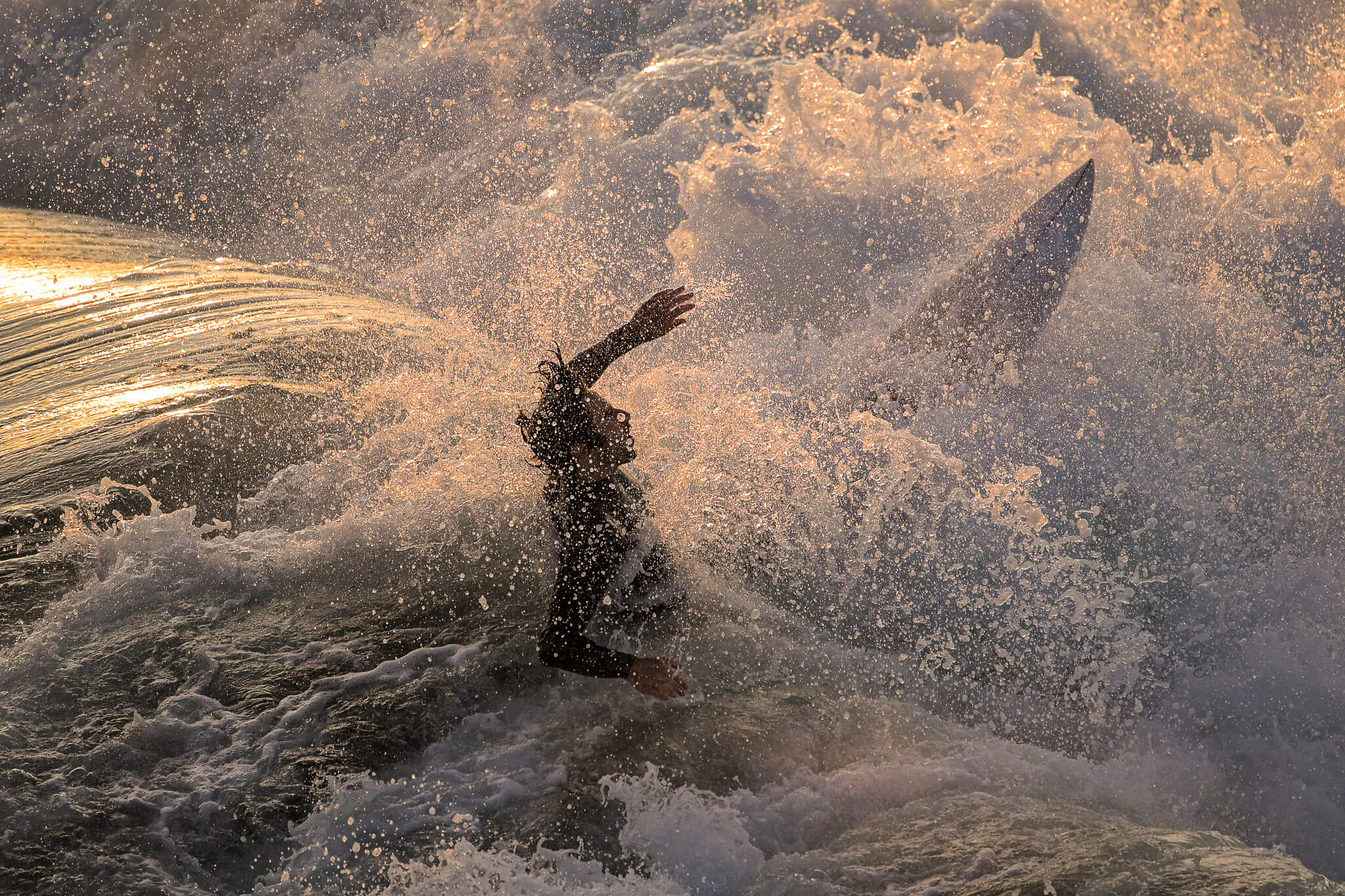
I now actually prefer EVFs instead of OVFs for challenging photo conditions such as low-light theater/stage/concert photography. Partly because it’s nice to see your exposure/histogram before you even click a photo, but also, partly because sometimes with an optical viewfinder it’s hard to see anything at all in truly bad lighting!
Wildlife Photography
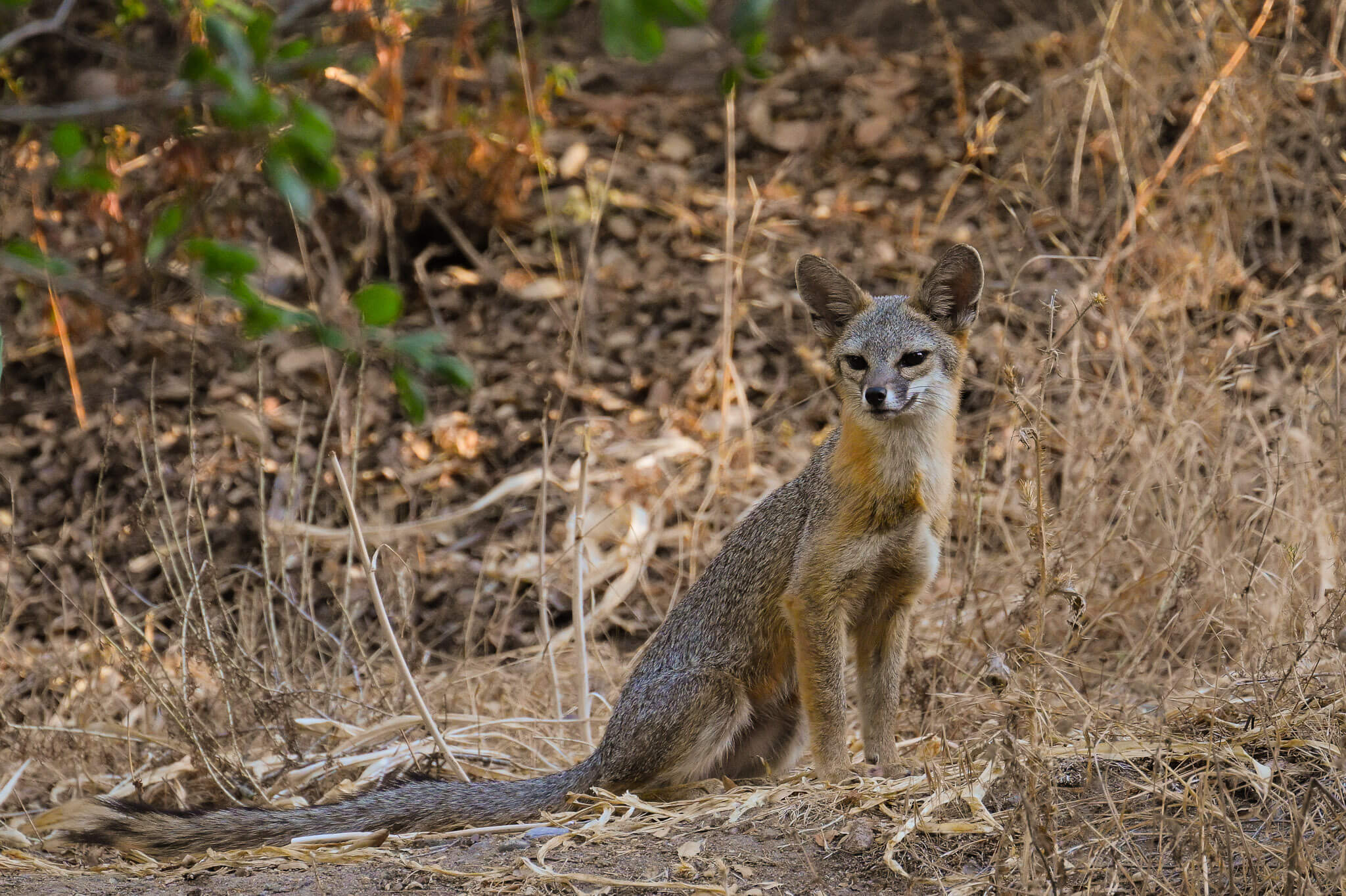
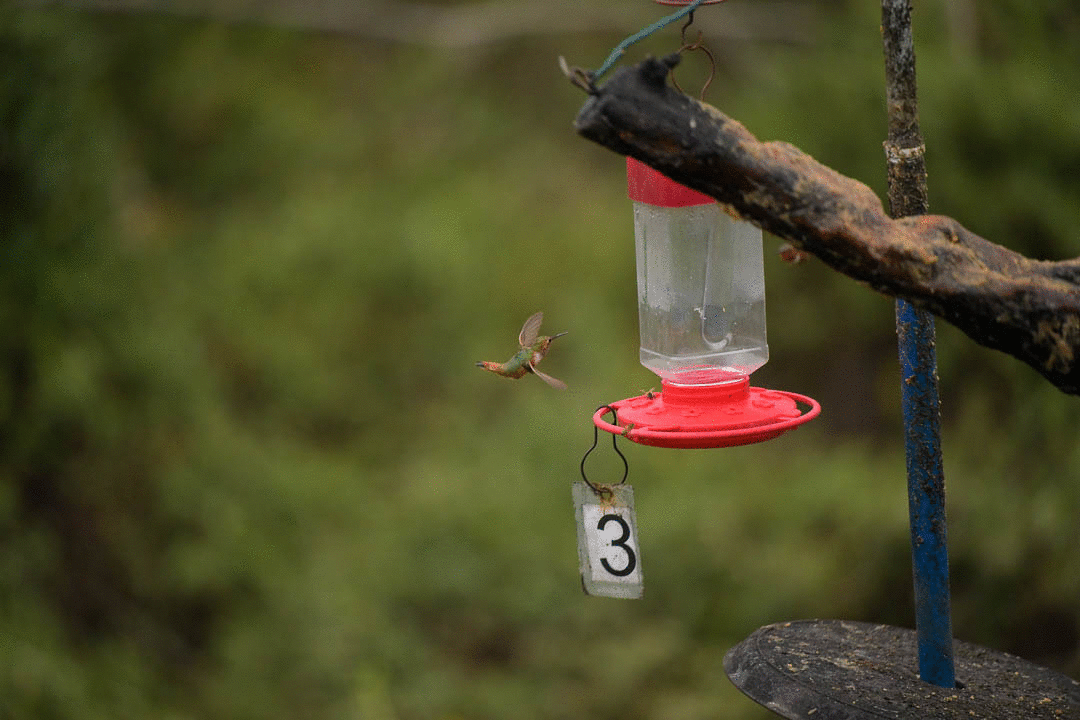
Wildlife is just as demanding as action sports, and sometimes it’s even more difficult! Birds in flight, for example, are notoriously erratic. Even when they aren’t moving erratically, they are also just plain hard to find and follow in the viewfinder when you are working at 400mm or 600mm!
Some photographers may still prefer a DSLR with an optical viewfinder for most high-speed subjects. Personally, I once again prefer EVFs now. In addition to the aforementioned reasons for working in low light, mirrorless cameras also offer this advantage that is impossible with an optical viewfinder: the Z9’s AF points are spread out all over the viewfinder, and they’re almost all equally accurate and reliable.
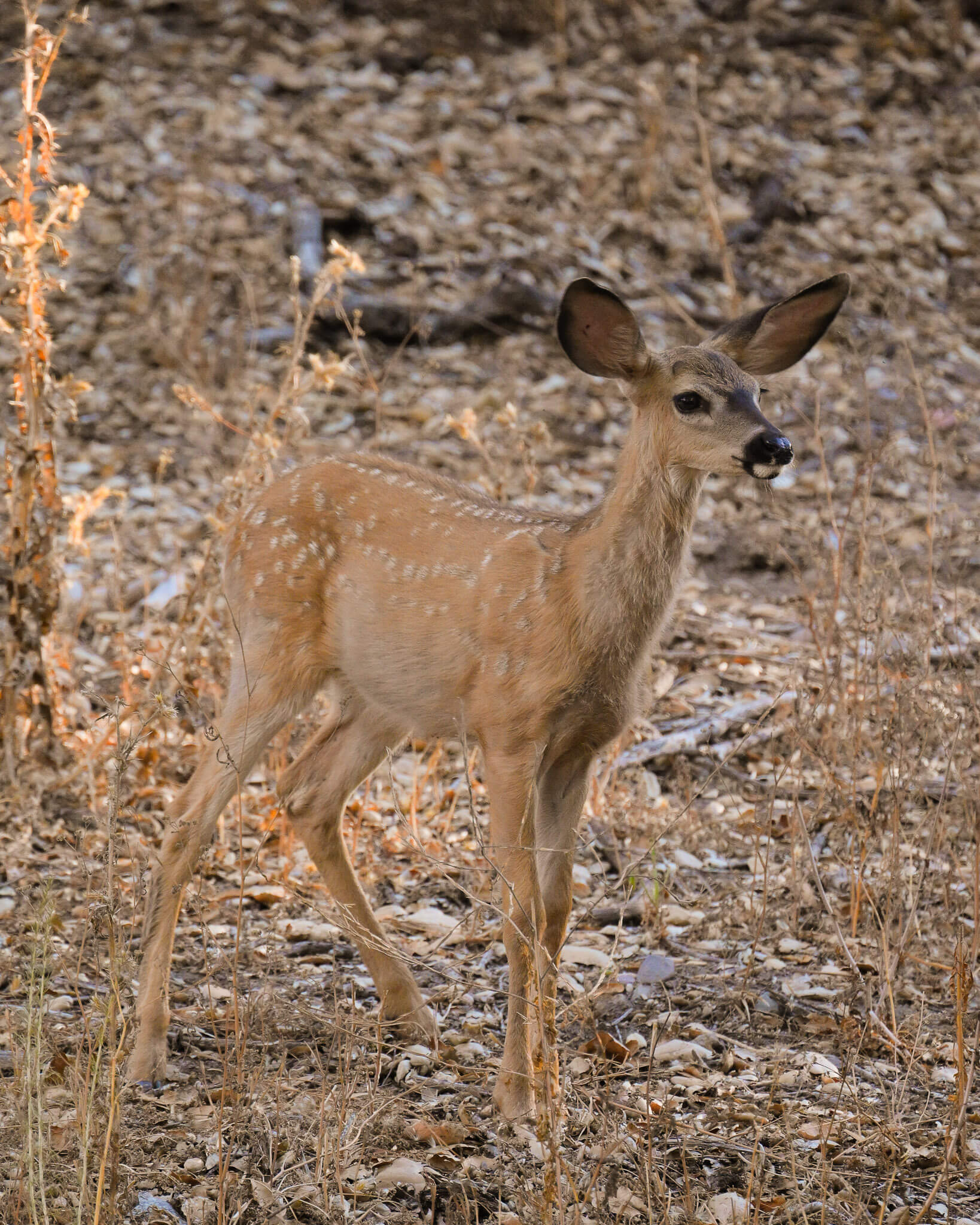
When you’re struggling to keep a subject in-frame at super-telephoto focal lengths, having a highly intelligent AF system is a major plus. Also, I can not only track a subject right up to the edge of the viewfinder but even (sometimes) re-acquire it perfectly when it briefly leaves my view.
Overcoming The Drawbacks of DSLR Autofocus
On a DSLR, remember that not all AF points were created equal; many/most of them were not cross-type, and the center point was always the most reliable. Last but not least, I found that with heavy use, (okay, abuse) …my DSLRs often required routine AF calibration for front-focus or back-focus issues. This is no longer a major problem with any mirrorless camera, (not just the Z9) …and for that, I am deeply thankful every time I know I am trying to nail a subject with a shallow depth of field.
[Related: 10 Tips For Better Wildlife Photography]
Landscape Photography
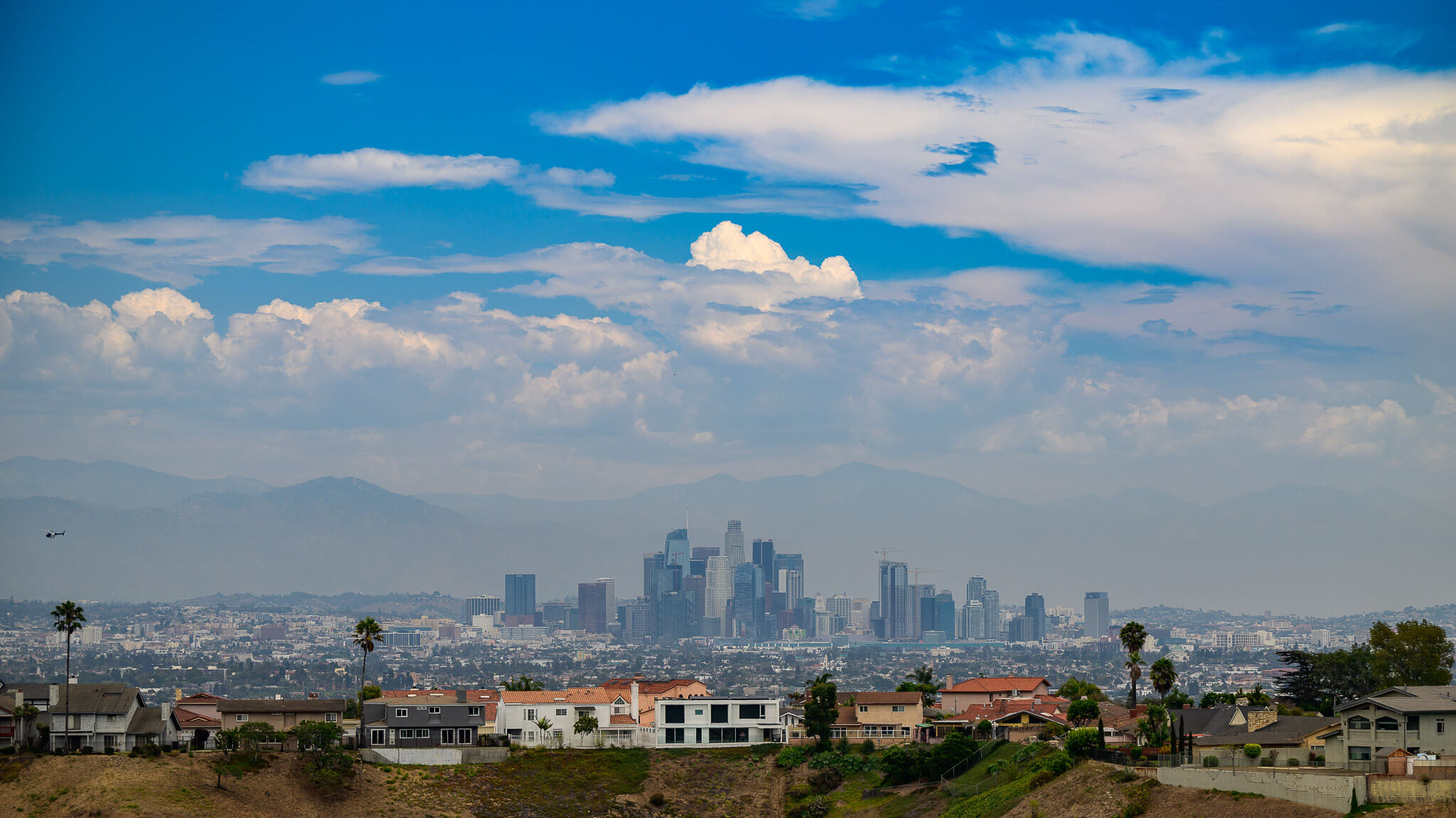
For this subject, to be honest, the Nikon Z9 is a bit…excessive. Is it still a highly capable camera that any landscape photographer would be thrilled to own? Yes, in fact, with its 45-megapixel sensor and base ISO of 64, it’s about as good as the Nikon Z7 II in terms of the image quality it delivers.
However, when I think of spending over $5K on landscape photography camera gear, I can’t help but instead think of which lens (or two) I could par with a Z7 II, instead of just getting the Z9 body alone.
Therefore, I’m not going to recommend the Z9 for photographers who do absolutely nothing but landscapes. The Z7 II is just the absolute best camera on the market for that purpose. I do realize that a lot of landscape photographers also photograph wildlife, of course, so I will definitely recommend checking out the Z9 to anyone who really loves wildlife too.
Nightscape & Astrophotography
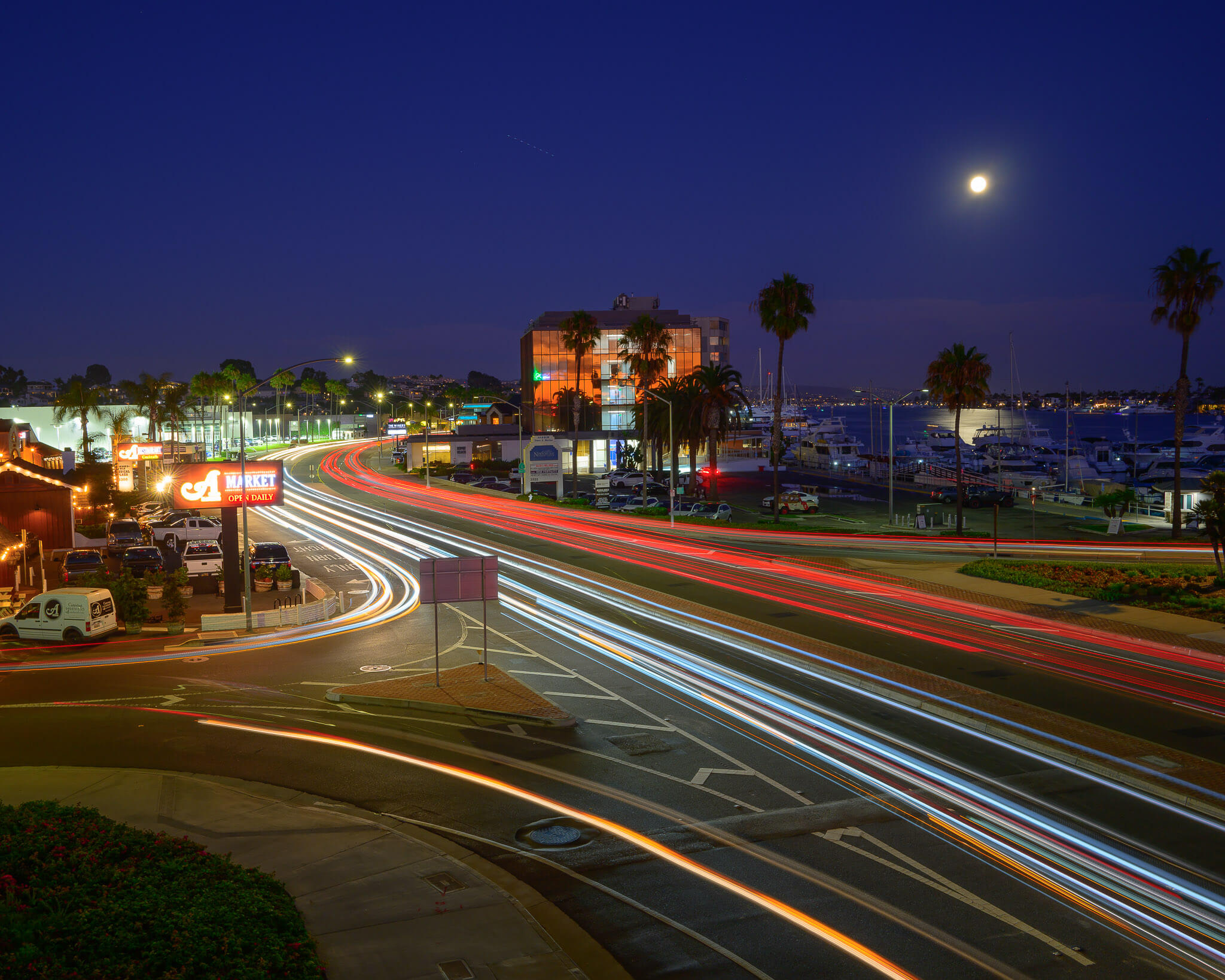
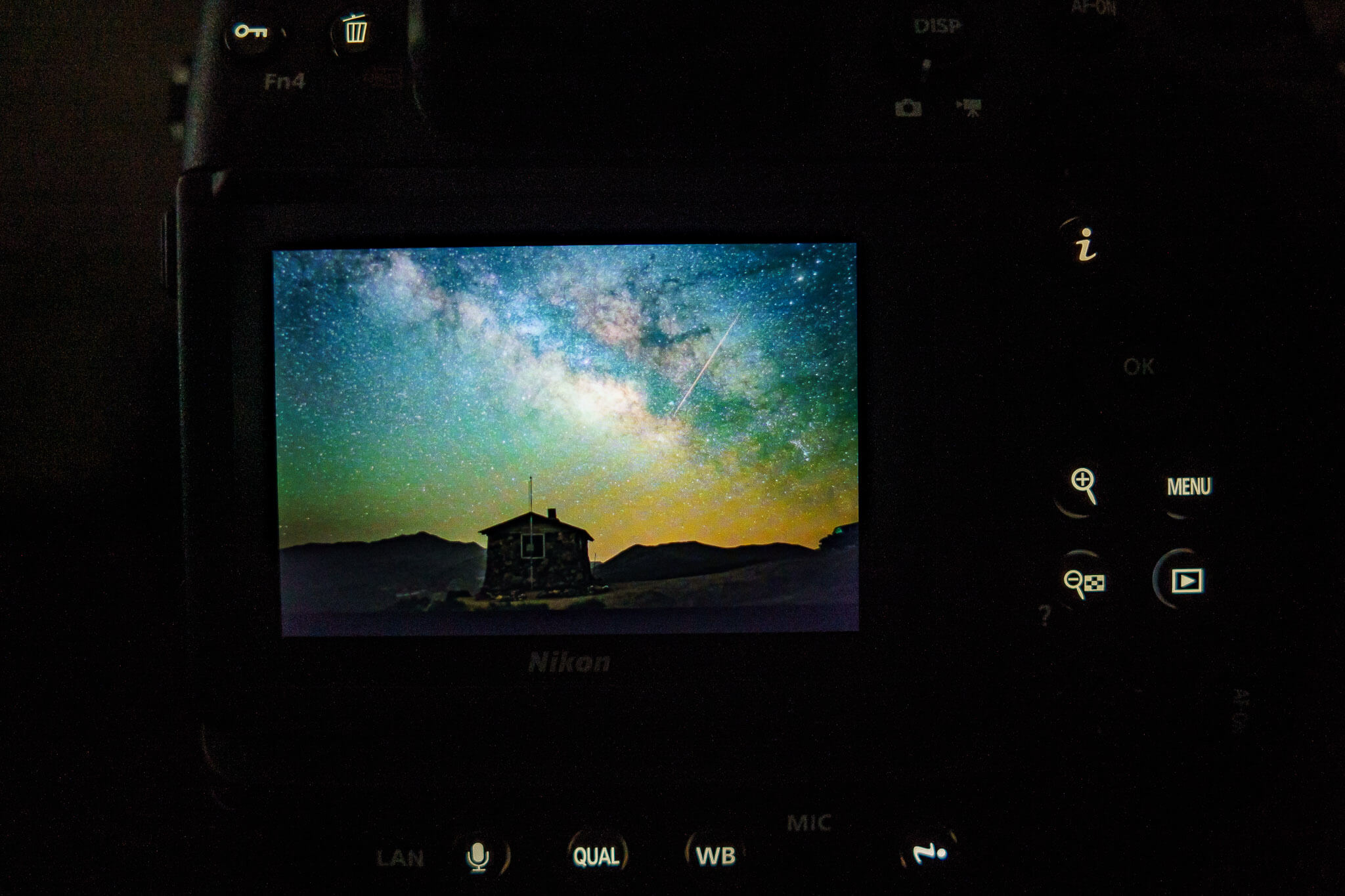
Similar to landscape photography, it’s hard for me to recommend the Z9 to anyone who already owns a Z7-series. Especially for astro-landscape work: if you have any money to spend, you should be eyeing the amazing Nikkor Z 14-24mm f/2.8 S, and/or the Nikkor Z 20mm / 24mm f/1.8. These excellent Z-mount lenses are some of the best around for nightscape photography, and I’d rather own all three of those lenses for my Z7II, than a Z9 with any adapted DSLR lens.
Wedding & Portrait Photography

I know multiple wedding photographers who bought the Z9 almost immediately when it came out. They were very happy with their investment! Having said that, I always felt like the full-size body was a bit overkill for portraits, and on a 12-14+ hour wedding day, I am definitely a fan of lightweight, compact camera bodies.
Depending on what type of work you do, here’s my take on these subjects: If you photograph more portraits than weddings, a Nikon Z7 II is likely the perfect camera for you, because it offers amazing image quality and adequate resolution for huge prints. If you do more weddings than portraits, however, and often find yourself working 10-12 hour days with thousands of photos being captured, then you might prefer the Nikon Z6 II instead.
No, the autofocus, including face/eye detection, is not as good on those older generation cameras, but it is still excellent enough.
Having said that, I totally understand why any professional photographer would appreciate the Z9. For low-light work on a dance floor, I love being able to fully trust my camera’s autofocus system.
Nikon Z9 Review | Pros & Cons
Now that I’ve made it clear what types of photography the Z9 is optimized for, let’s talk about the actual performance of the camera. Yes, it is flagship performance. But what does that mean in the real world?
Image Quality
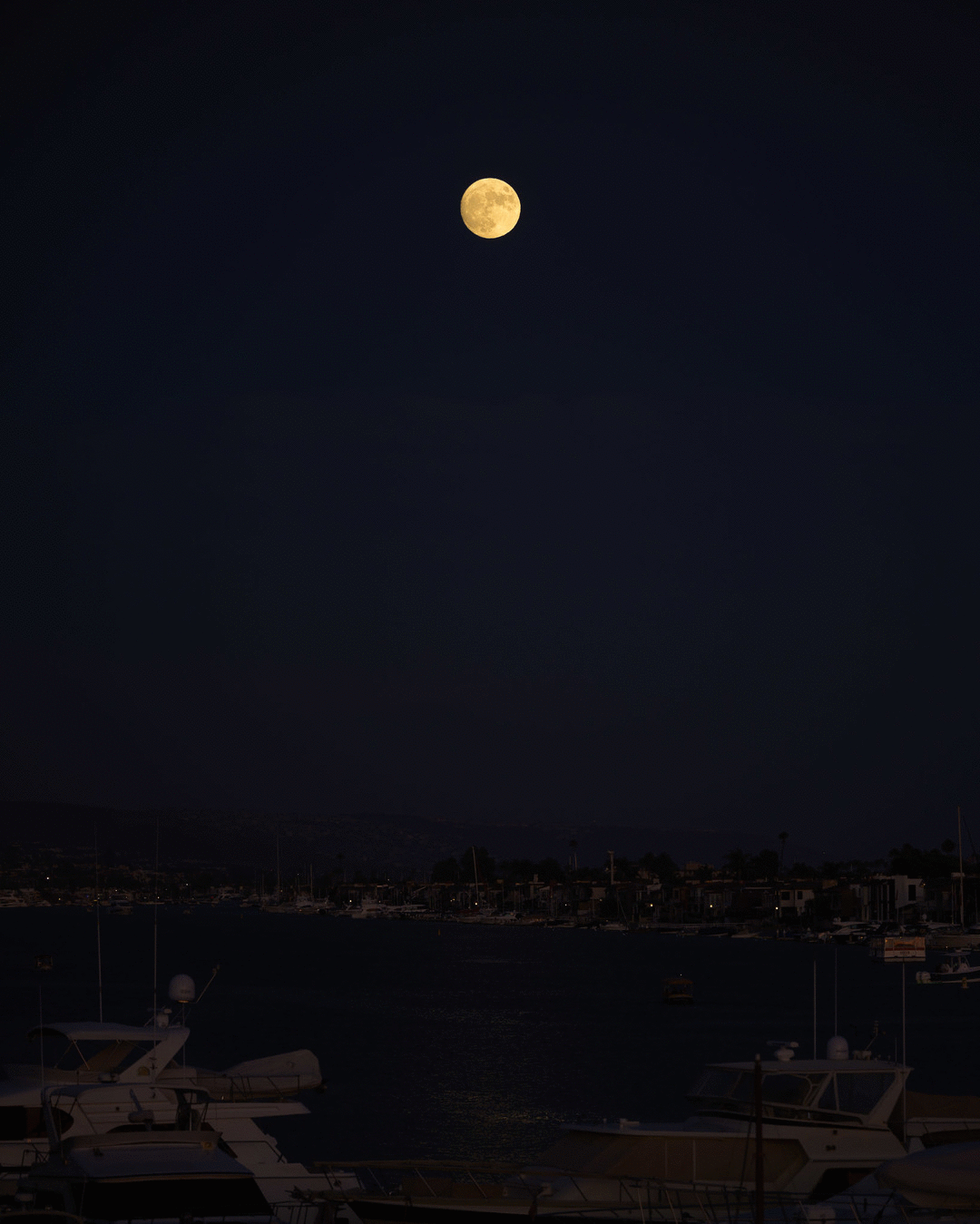
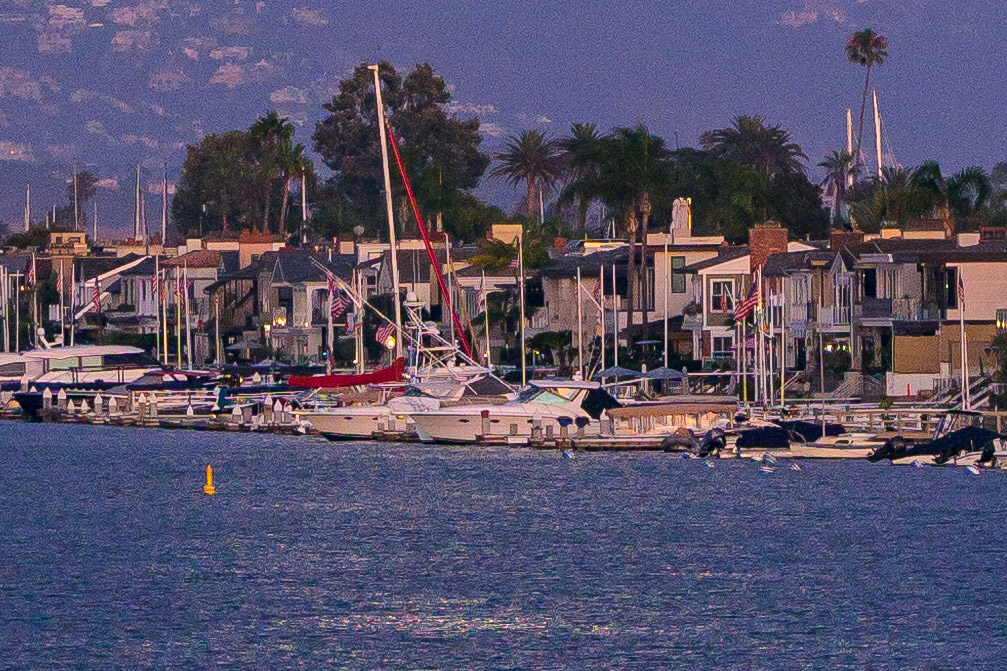
Usually, a high-speed action camera makes a compromise on image quality, because of all the circuitry they have to use to get such fast readout speeds. As an example, the Sony A9 series had noticeably worse dynamic range than other 24-megapixel cameras. Nikon tries not to let that happen, of course, and they’ve really done an amazing job with the Z9’s image quality.
First, they included the base ISO 64, which I’ve loved since the Nikon D800 series era. Working at ISO 64 delivers gorgeous colors, super-clean images, and jaw-dropping shadow recovery capabilities. Before, (when cameras maxed out at 1/8000 sec) having ISO 64 allowed you to save highlight detail even when using fast apertures in bright sunlight. Now, the Z9 also goes up to 1/32000 sec shutter speeds, so the shooting possibilities feel truly limitless in terms of exposure.
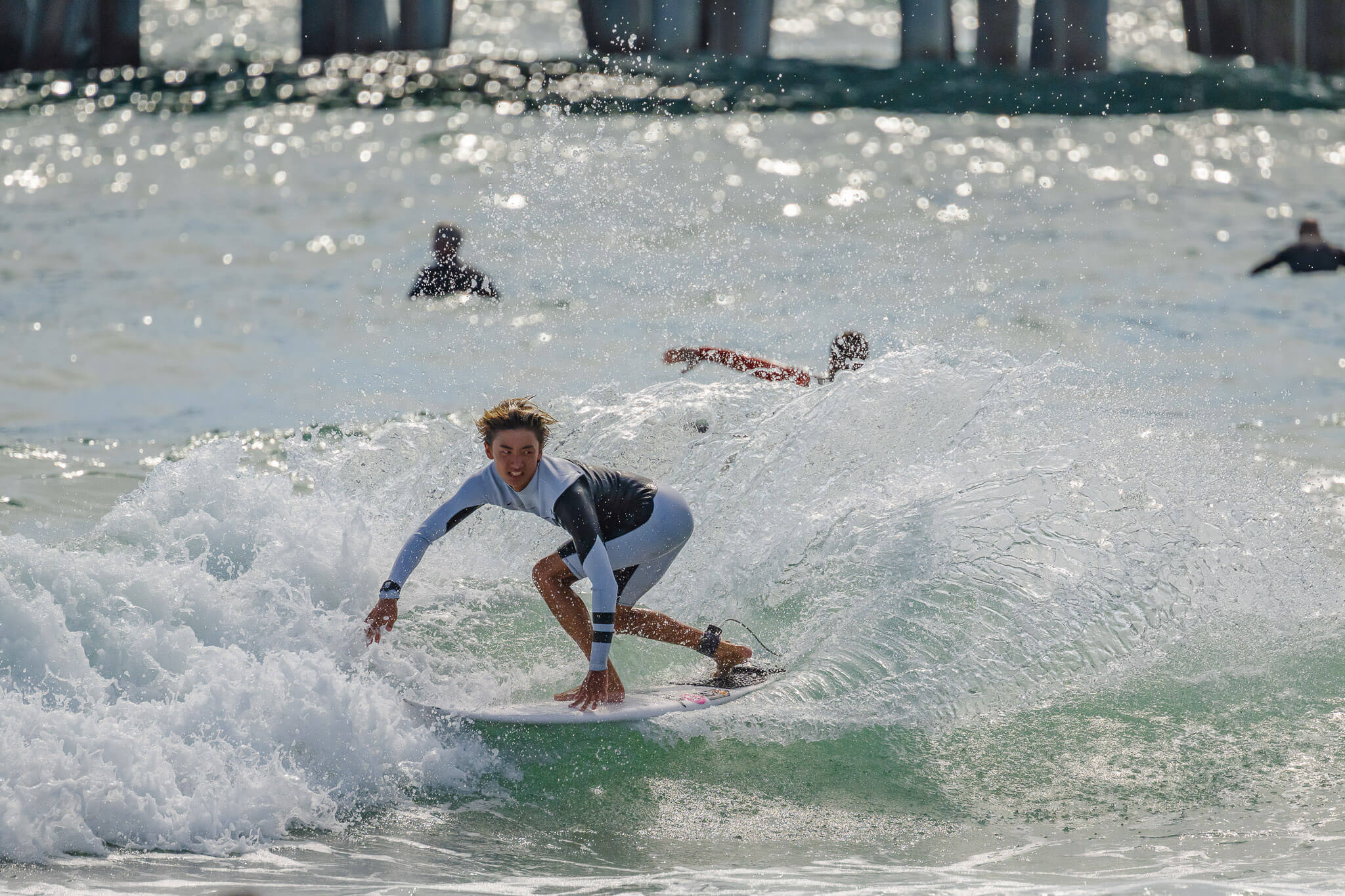
Of course, for action sports and wildlife cameras, high ISO noise and dynamic range are just as important as base ISO image quality! In this regard, the Z9 delivers stunning results once again. Working with high-speed subjects, especially at telephoto apertures such as f/5.6, you’ll often be working at ISO 800 or 1600. Amazingly, the Z9’s performance at these ISOs looks perfectly clean.
That brings up another issue that has often plagued mirrorless cameras when using an electronic shutter. Since the Nikon Z9 has no mechanical shutter at all, this was a major concern of mine when the camera was first announced.
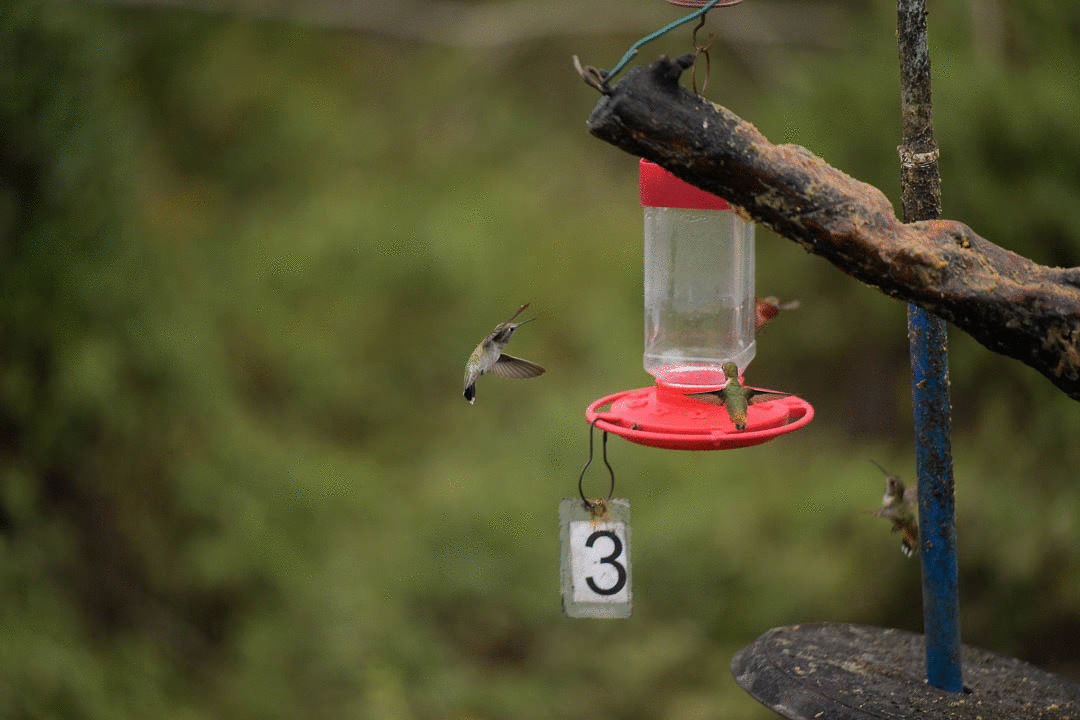
Basically, using an electronic shutter would harm image quality compared to using a mechanical shutter. This was a pervasive issue across many brands, but it has diminished in recent years. The Z9 not only delivers amazing image quality from its fully electronic shutter, it also suffers from almost zero rolling shutter effect thanks to the astonishingly fast readout speed, which was a complete deal-breaker for certain subjects like hummingbirds. The Z9 is a whole new generation of cameras in this regard.
Autofocus Performance
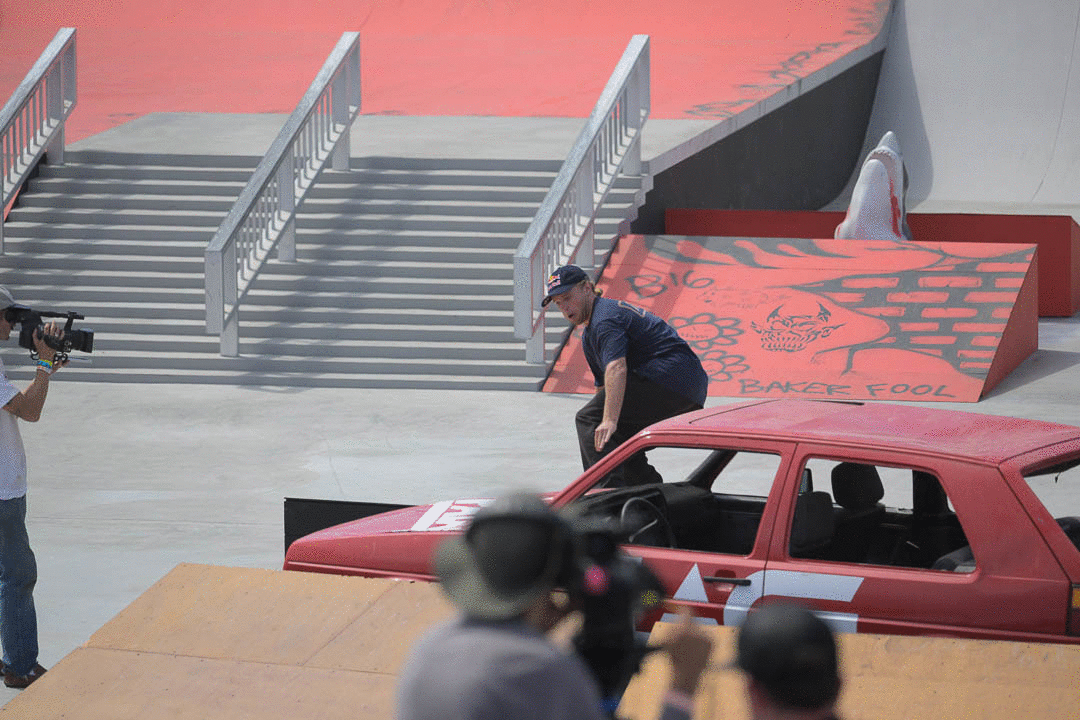
Nikon’s legendary 3-D Tracking AF system is making its mirrorless debut in the Z9, and it has a high standard to keep! In my experience, the 3-D AF Tracking of Nikon DSLRs, from the affordable D750 to the high-end D850 and D5, were all the best in their class. They would just lock on to a subject and follow it almost flawlessly.
With Nikon’s Z-mount cameras, before now, you did have an AF tracking system that would follow a subject around the viewfinder, however, it was not officially designated as being Nikon’s 3-D Tracking system.

The Nikon Z9 doesn’t just match the high standard Nikon DSLRs had set, it surpasses it in various ways. Not only is it fast, accurate, and reliable, but it also offers subject detection for different categories of subjects. Even for static subjects in tricky situations, (such as above) I am almost always leaving the camera in 3-D tracking mode.
Overall Performance
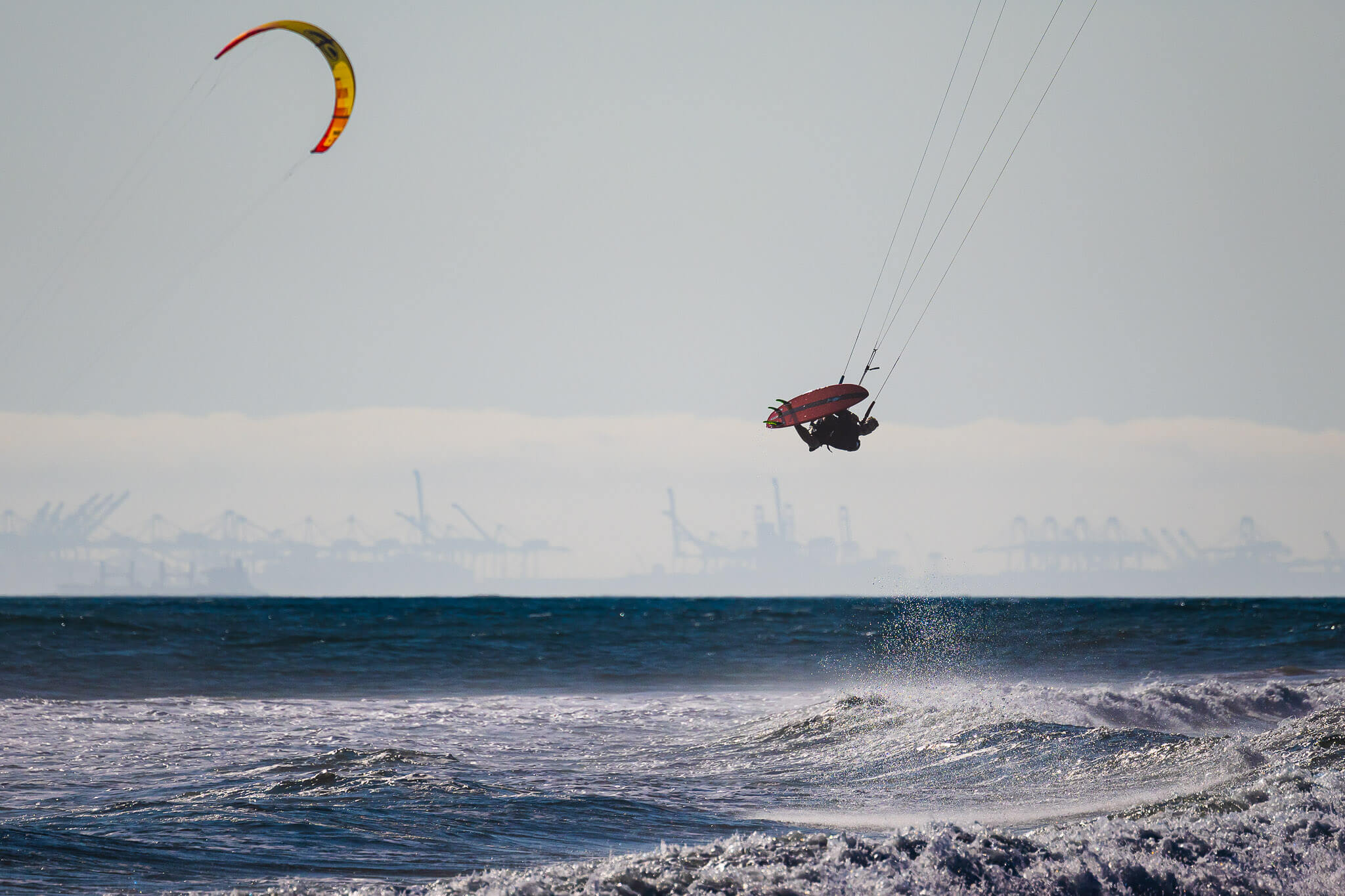
For a camera to be truly favored by working professionals, it doesn’t just need to offer blazing speed or fancy subject tracking. The entire camera operation needs to feel intuitive, effortless even, and absolutely trustworthy.
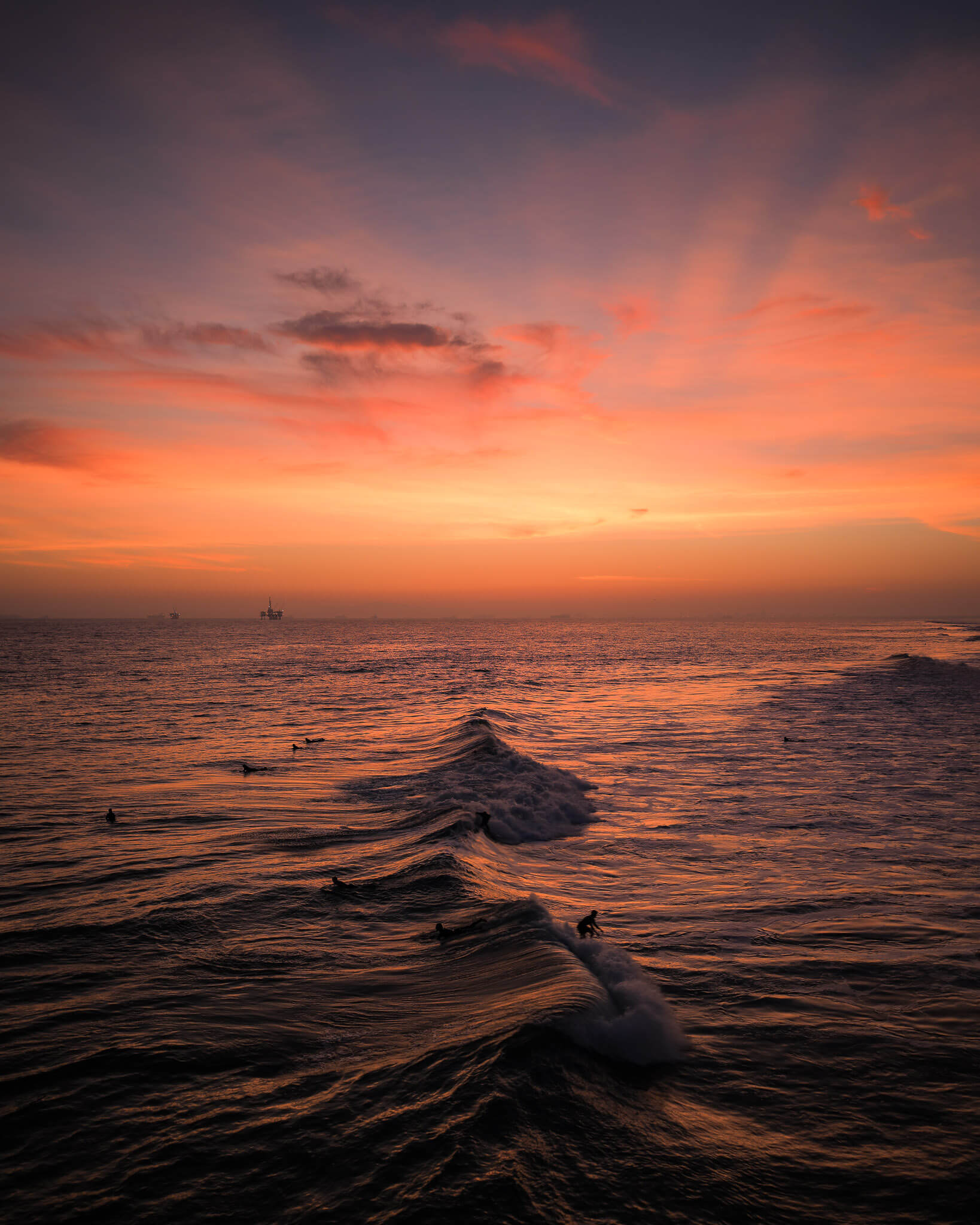
This is what Nikon has always done best, and it’s true with the Z9; the camera operates smoothly and intuitively. The responsiveness and speed are not just present in the rapid-fire framerate, but also in every control, playback, menu navigation, etc. There are no weird quirks or prohibited actions that force you to stop what you’re doing and wait for the camera or hunt through the menus to find some obscure function. (This is a common complaint I have with Sony cameras, of course.)
Features & Customizations
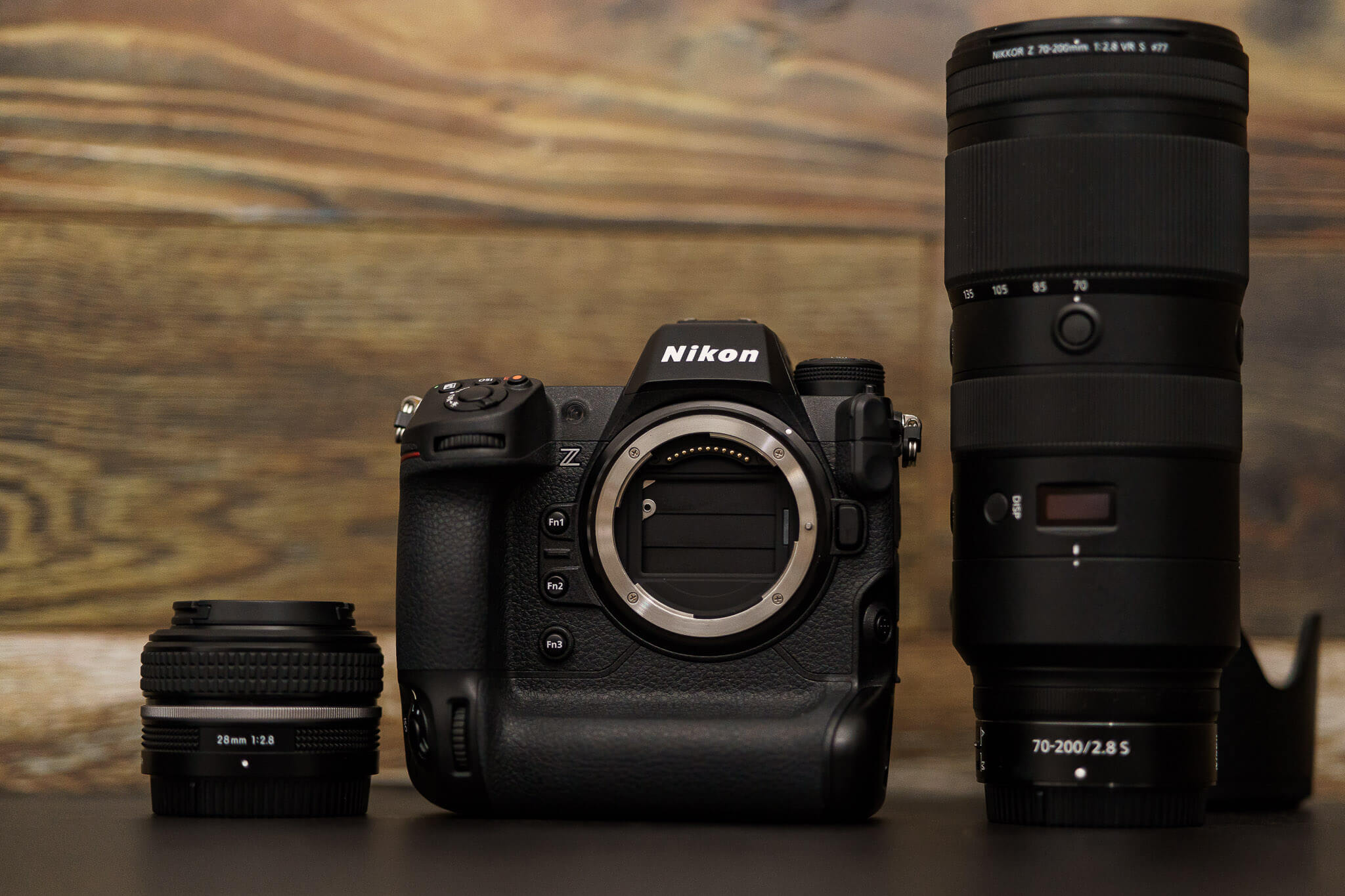
Speaking of pro-grade user-friendliness, the customizability of operation and other features is excellent on the Z9 as well. The buttons and dials are laid out intuitively, and only a minimal amount of menu-digging is required to get fully set up. I customized two or three buttons to re-arrange some of the autofocus controls and other features I frequently use, partly because the Z9 adds an AF button-switch, on the lower front corner of the camera, which frees up Fn buttons to do other things!
The only feature or customization that I found to be a little confusing was the Continuous Drive (framerate) options for shooting stills. The Z9 has the usual Nikon dial with “Single”, “Continuous Low”, and “Continuous High”, which I really like.
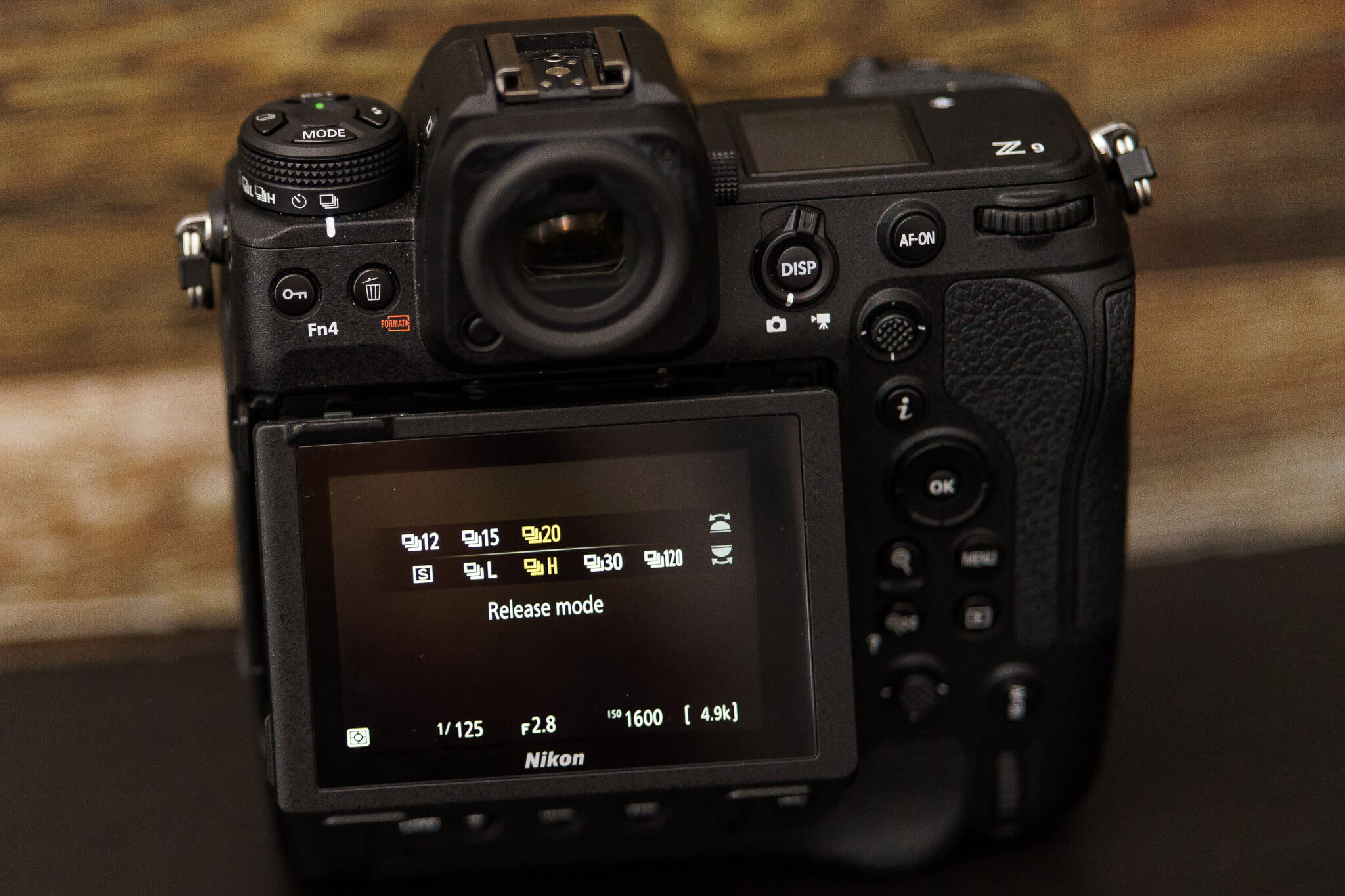
However, remember that the RAW file capability stops at 20 FPS, and requires you use JPG to achieve 30-120 FPS. To access these higher framerates, you must switch past “Continuous High” to a customizable framerate option, which allows you to choose from the entire range of framerates. This is awesome, but I accidentally stayed in JPG for a while once when I actually wanted to go back to RAW at 20 FPS. Whoops!
Nikon Z9 Design & Durability

When you pick up the Z9, its heft is noticeable. Nikon has a reputation for building cameras that are nearly indestructible, and this one is at the top of its class in that regard. I didn’t perform any torture tests such as taking the camera out in a torrential downpour, or a desert sandstorm but based on the physical feel and the extensive weather-sealing present, I know for a fact that when the elements get nasty, my camera would be lasting longer outdoors than I would!
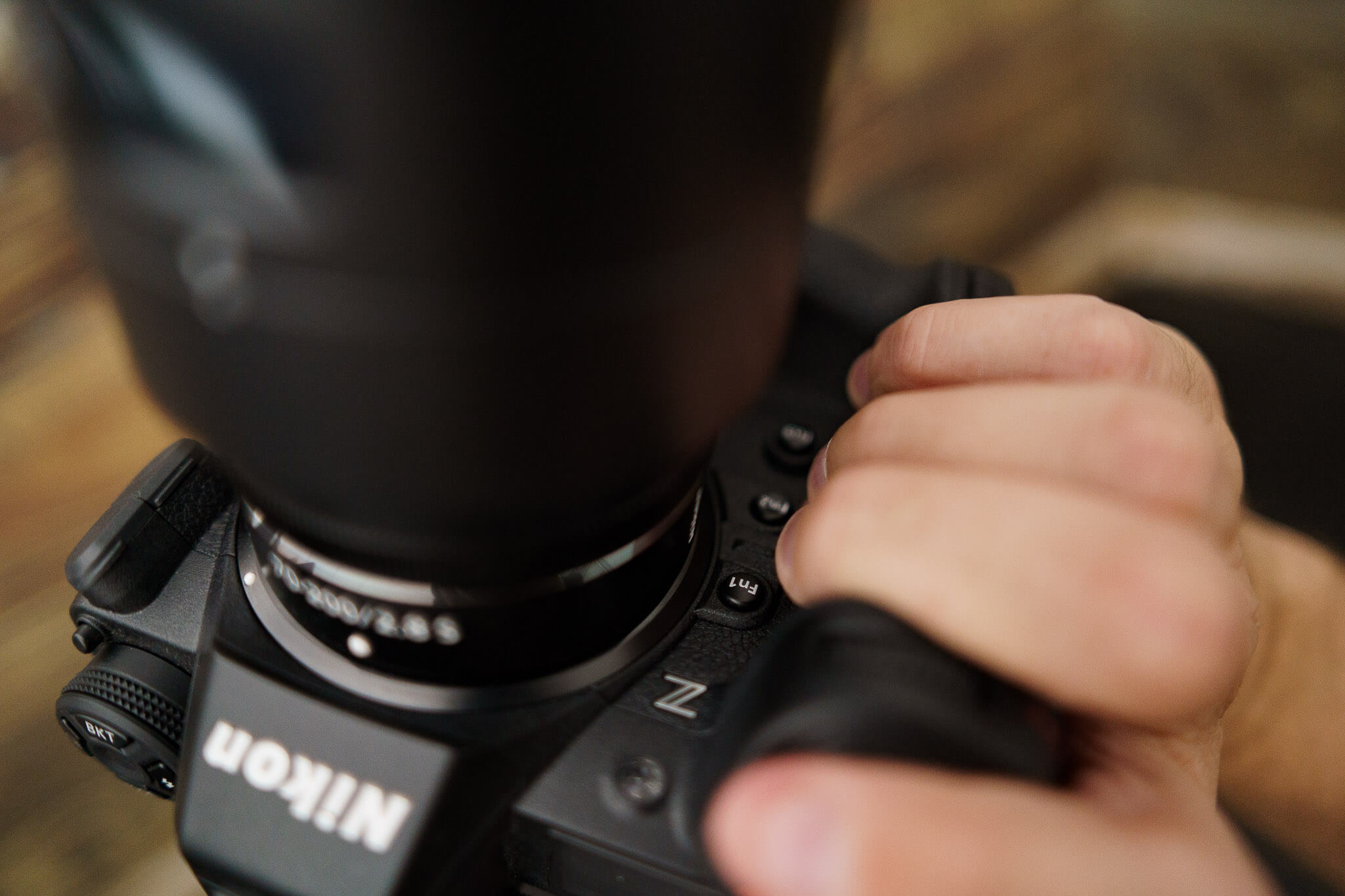
The overall design, including ergonomics, button & dial layout, and customization, are all Nikon’s best work yet within the full-frame mirrorless lineup. I still wish they had re-arranged some of the Menu/playback buttons slightly differently, but that is because as a camera gear reviewer I am so often jumping back and forth between Nikon, Sony, and Canon cameras.
Nikon Z9 VR/IBIS Switch? No.
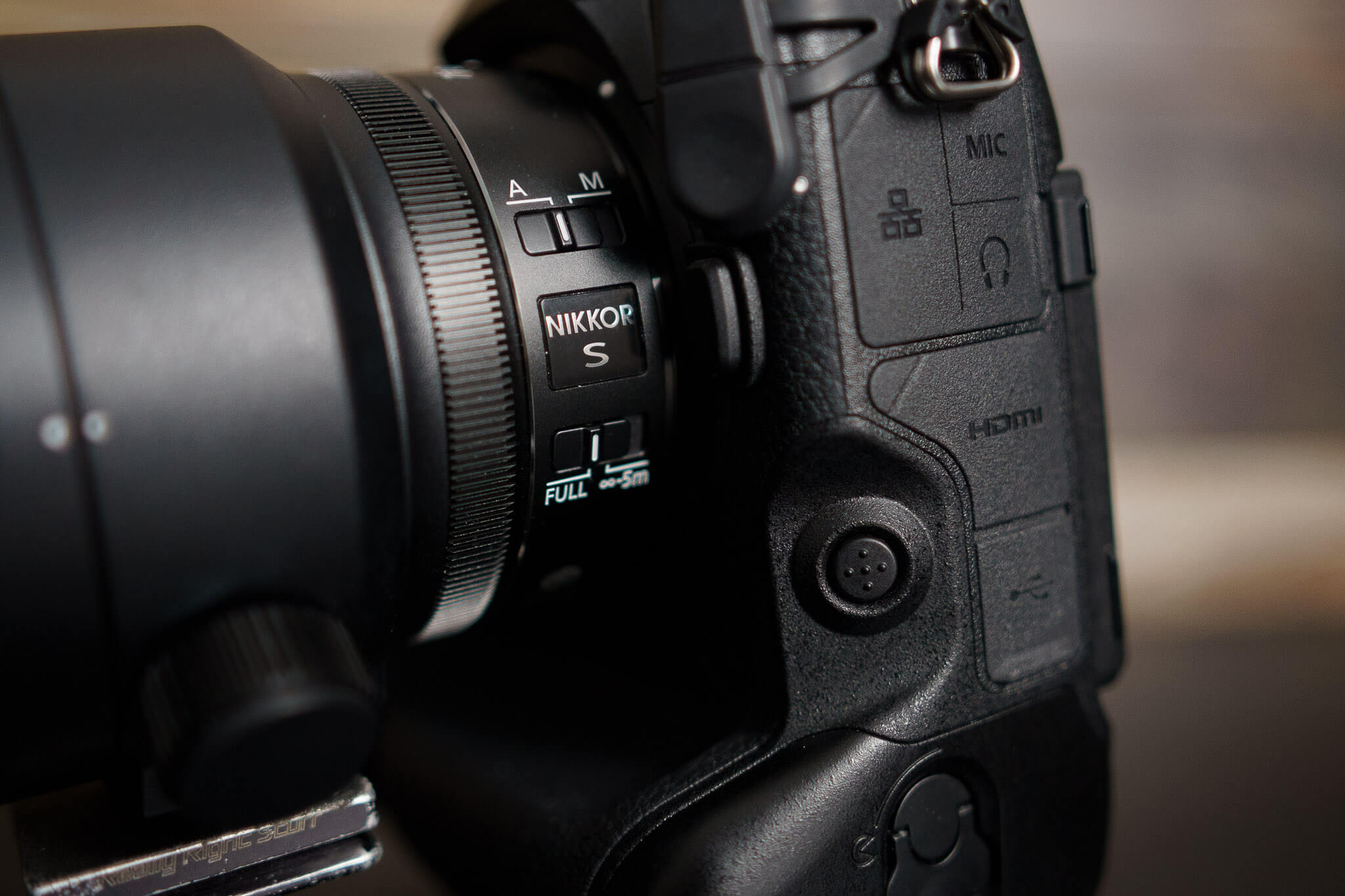
One of the only frustrations that I had with the Z9’s design, and the Z-mount cameras & lenses overall, is the lack of VR switches on any of the stabilized lenses, including the biggest flagship telephotos.
I know that IBIS has become ubiquitous on almost all full-frame mirrorless cameras now, but I got very accustomed to being able to flip a switch on a lens and turn stabilization on or off.
Not only that but also, the only way to change both the optical VR and the Z9’s IBIS is through the i menu. I really, really wish I could program one of the Fn buttons to toggle stabilization. Having said that, this is a minor nitpick, and it’s literally one of the only complaints I can possibly think of about the overall camera operation.
Nikon Z9 Value
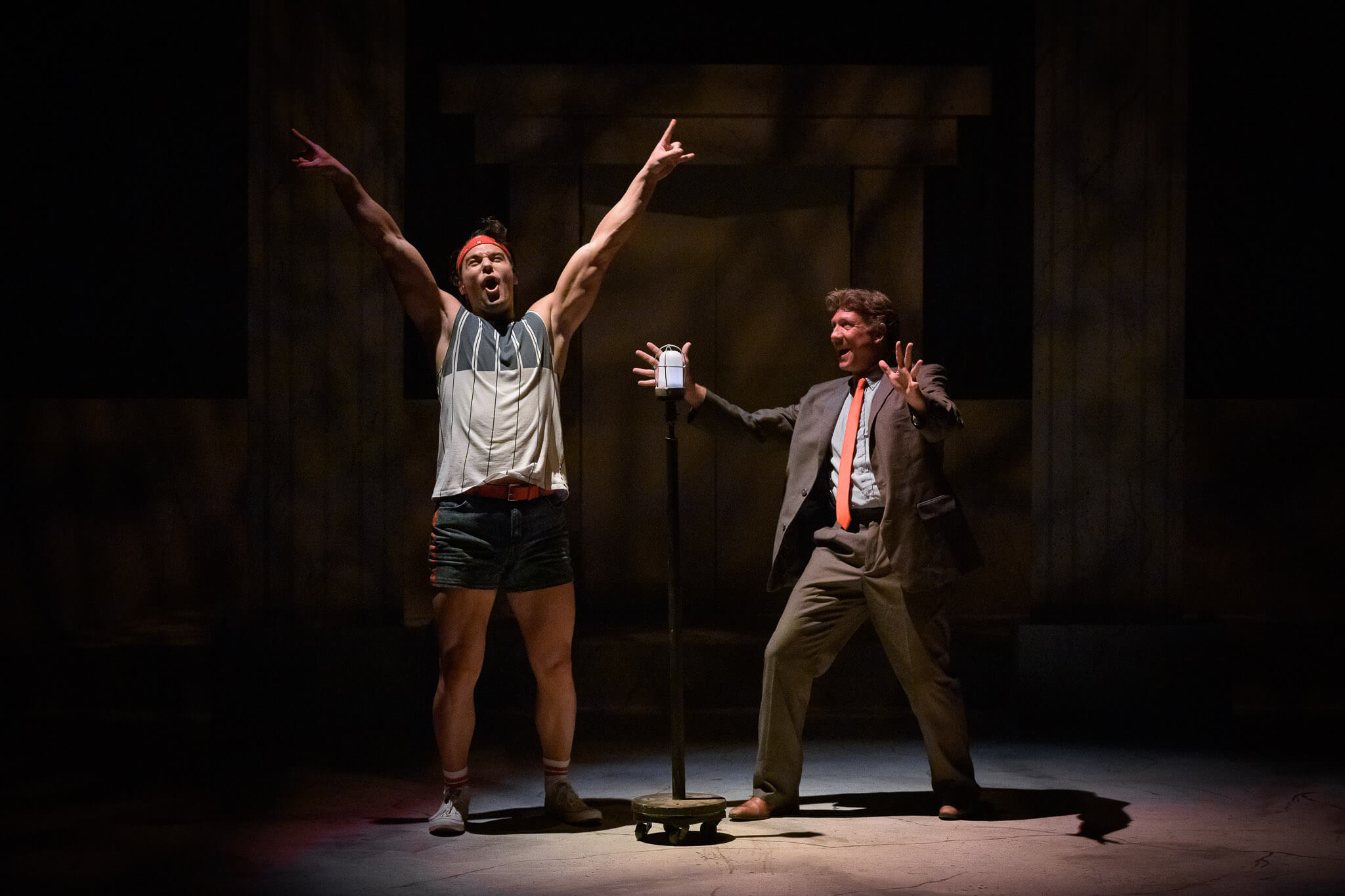
As one of the most pricey cameras Nikon has made in years, it’s hard to talk about this camera’s overall value. On the one hand, $5,500 is a lot for a camera body, when many professionals have been paying their bills for years with cameras ranging from $2,000 to $3,000. On the other hand, this is the highest-end flagship body class, which historically always costs over $5,000.
The bottom line is that the price tag is par for the course, and the Z9 performs above and beyond any previous Nikon body, some of which cost $6,500 or more. (Does anybody remember the Nikon D3X, which debuted at $8K?)
So, if you are shopping for a camera in this price range, the Nikon is in my opinion a better value than the Sony A1 which costs $1K more, and also a better value than the Canon R3. The combination of price tag, performance, and yes, the megapixels, makes the Nikon Z9 the best value in the full-frame mirrorless flagship category.
Having said that, if you’re really on a tight budget, what would I recommend? I would not hesitate to tell you to instead get a Nikon Z7 II, and save the rest of your money for lenses. The question you have to ask yourself is, do I really need the speed (and the few other things I mentioned) that the Z9 offers?
Nikon Z9 Review | Compared To The Competition
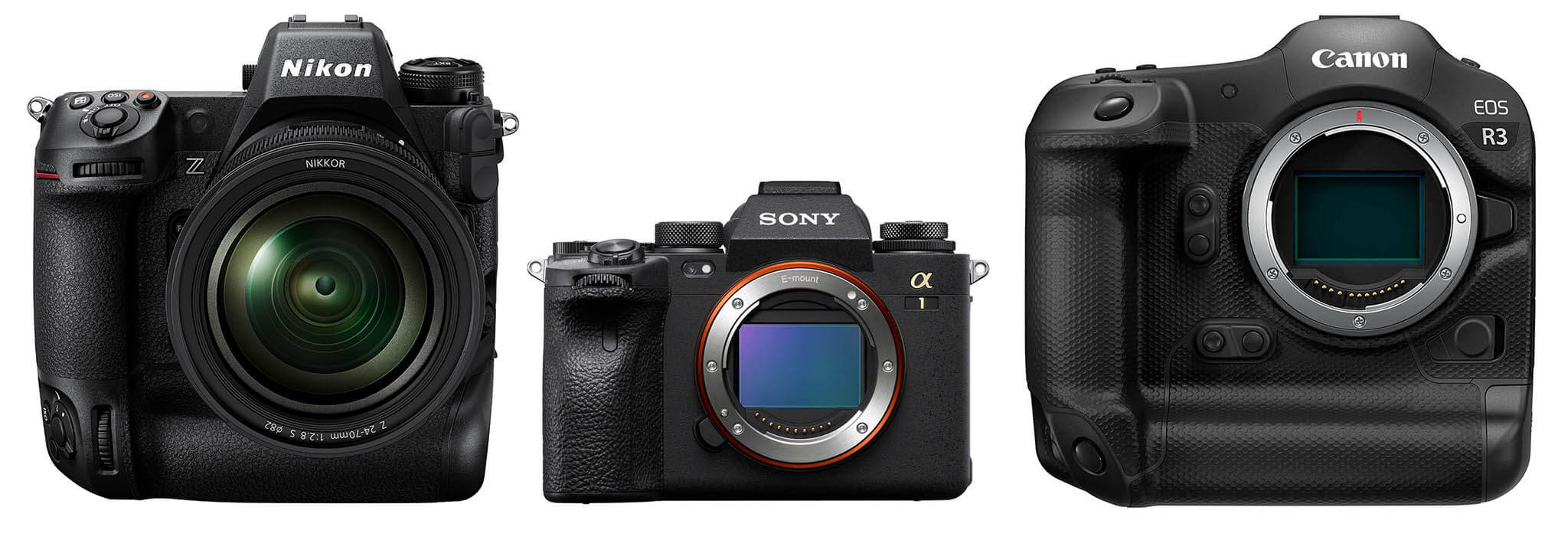
There are three clear mirrorless competitors in this arena: the Nikon Z9, the Sony A1, and the Canon R3. Nothing else comes close to matching the overall firepower that you get with these cameras.
Long story short, the Nikon can “only” shoot 20 FPS when set to raw NEF, but can shoot 30-120 FPS when in JPG. The A1 offers 30 FPS in raw, albeit with lossy compression, and the R3 offers 30 FPS in raw with lossless compression.
Of course, the Nikon Z9 offers 45 megapixels, the A1 offers 50, and the R3 offers just 24. Even more obviously, the Nikon and the Canon are the only ones with permanent vertical grips; for the A1 that’s an aftermarket accessory.
Here’s my honest assessment of these three cameras: the Sony A1 wins on paper in terms of combining both high-resolution and sheer frames-per-second when shooting RAW. The Canon might be a no-go if you’re not okay with the lower resolution. The Nikon, in my opinion, wins for all-around versatility, especially if you prefer the built-in V-grip.
For me, 20 FPS is already way more than enough for even the most high-speed subjects. I tried working with 30 FPS and shooting JPGs, and it just seemed like overkill for most subjects, unless I wanted the absolute perfect moment of a hummingbird’s wings for example. (Then again, even 120 FPS isn’t enough for to actually slow down the faster, 50-80 beats per second wings of some hummingbirds!)
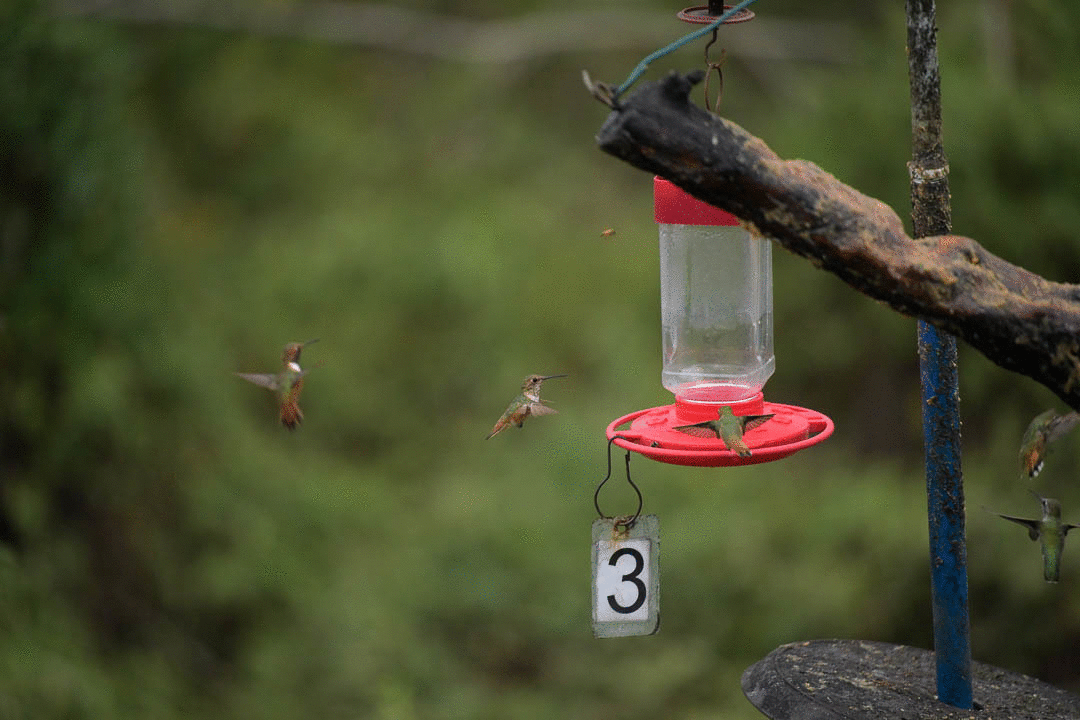
Although this Nikon Z9 review is mainly about photography, and action/wildlife in particular, it’s also worth mentioning the differences in video specs that these cameras have. The Z9 and A1 offer 8K video, while the R3’s sensor can only produce 4K. The Nikon Z9, thanks to a firmware update, offers up to 60p and raw formats for its 8k video, while both the Sony and Canon have 10-bit 4:2:2.
What it comes down to is this: Are you okay with spending the most money, on the smallest camera, in order to access the vast array of E-mount lenses? (many of my favorites are third-party, too!) Do you care more about FPS shooting speed and autofocus tracking than anything else? If
Nikon Z9 VS Nikon Z7 II, …Nikon Z8?
To be honest, for a lot of the photography I usually do, I would be just fine with a Nikon Z7 II. I am primarily a landscape photographer, a nightscape photographer, and a portrait & wedding photographer. I like compact, lightweight cameras, and I don’t usually need more than 10 FPS, though I do photograph some wildlife.
What would be the ultimate camera, for me? Obviously, just take the Z9’s autofocus system and put it in an updated Nikon Z7 II body, call it the Z8 (or something) …and you have my dream camera.
Considering how Nikon followed up their legendary D3 with the D700, to me it seems inevitable that we can expect something similar with the Nikon Z-mount lineup. It’s only a matter of when! (Less than 1-2 years from now would be my guess!)
Nikon Z9 Review | Conclusion

All in all, the Z9 is a formidable camera. It is the giant leap forward that Nikon users have been waiting for, bringing every aspect of flagship performance to the mirrorless realm.
In my opinion, the Nikon Z9 has indeed finally closed the door on the argument of whether DSLRs are the only way to go for high-speed action. This is simply no longer the case; mirrorless is just as good, and even better in many ways.
The competition is steep, however, and Nikon is also doing excellent at competing on value. If you are looking for a flagship-sized, rugged, high-powered camera that does literally everything consistently well, then this is currently the best camera on the market for you!
The Nikon Z9 can be found for $5,496 here:
(B&H | Adorama | Amazon)

